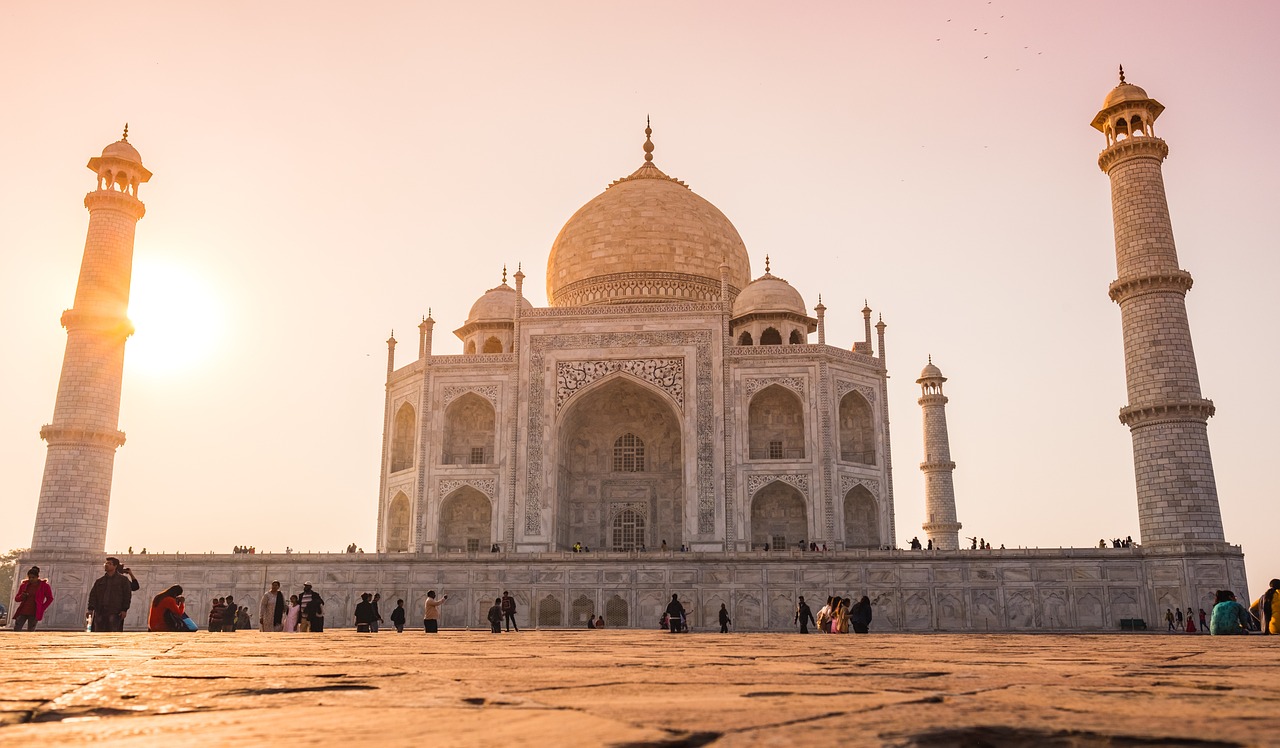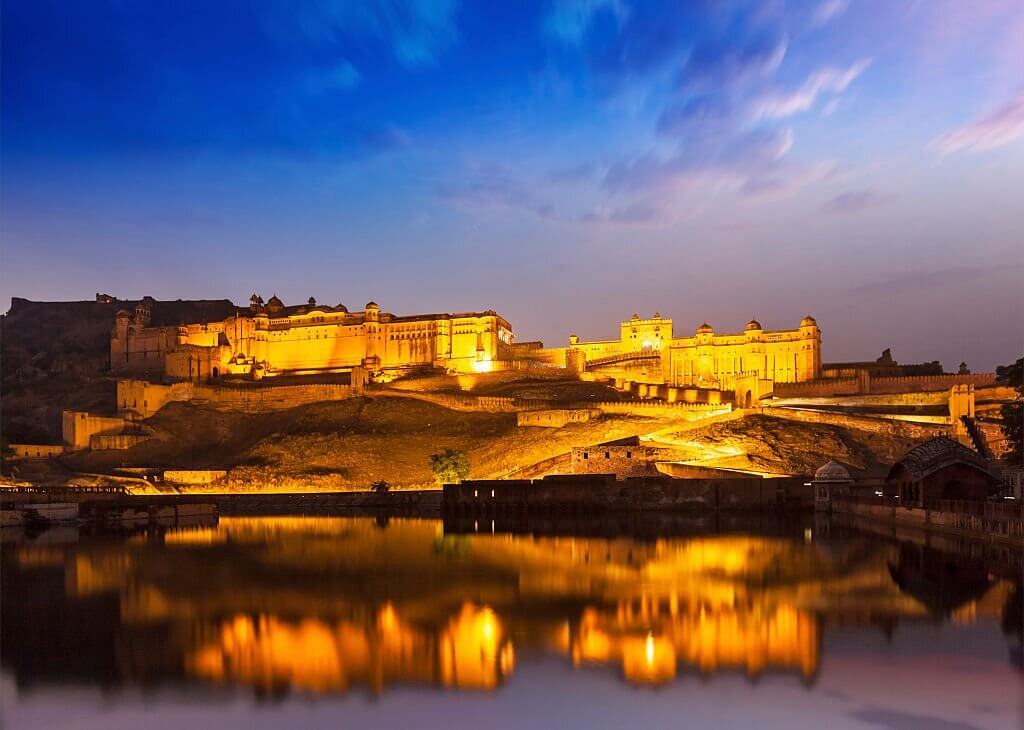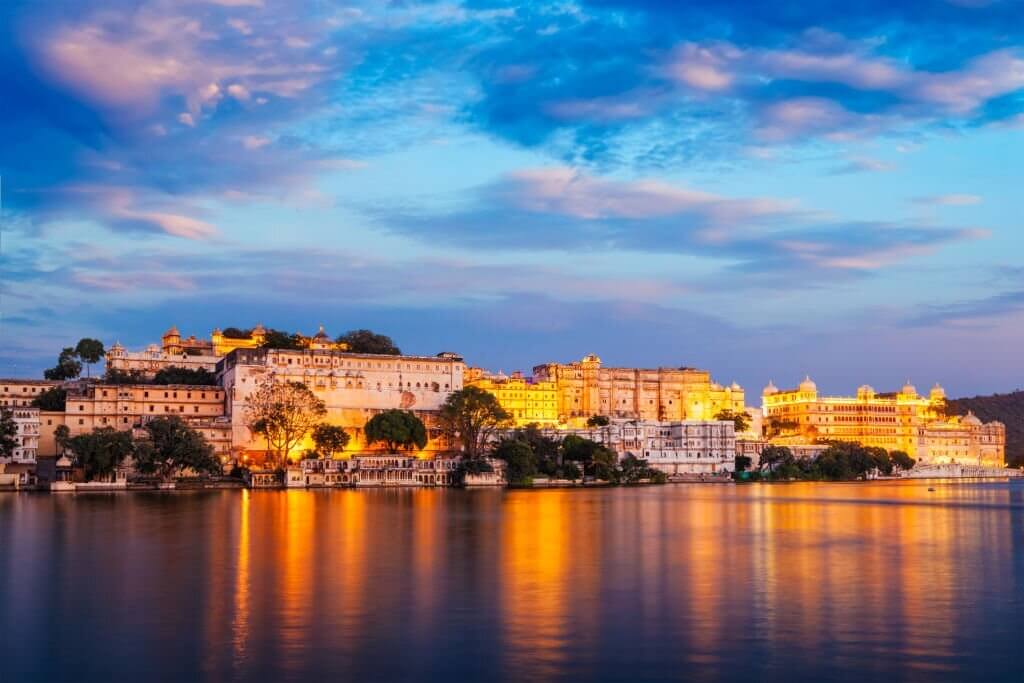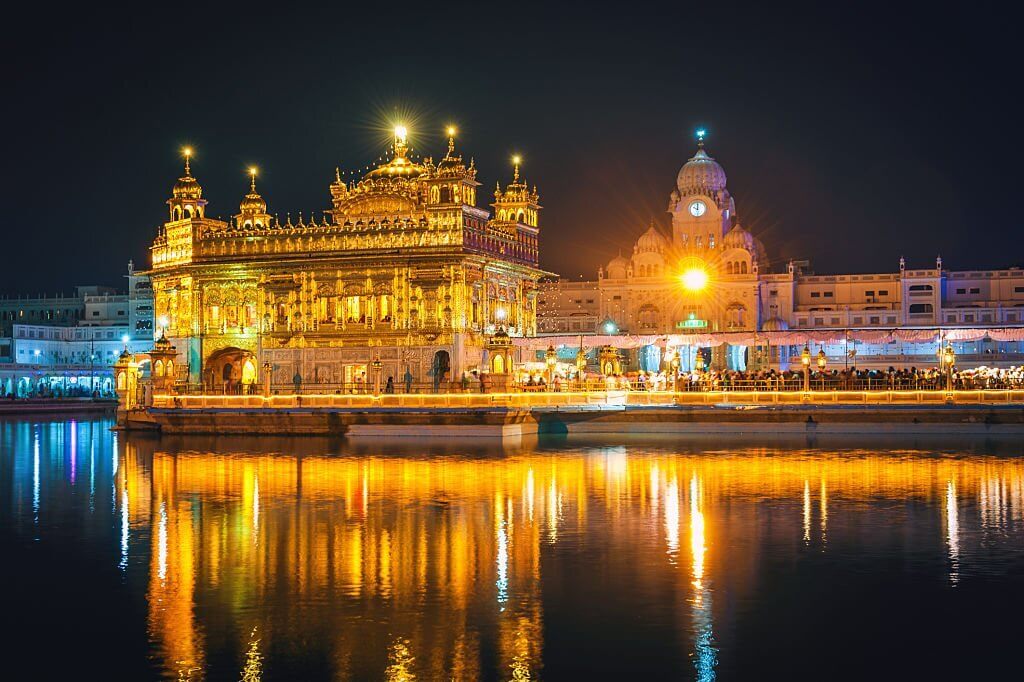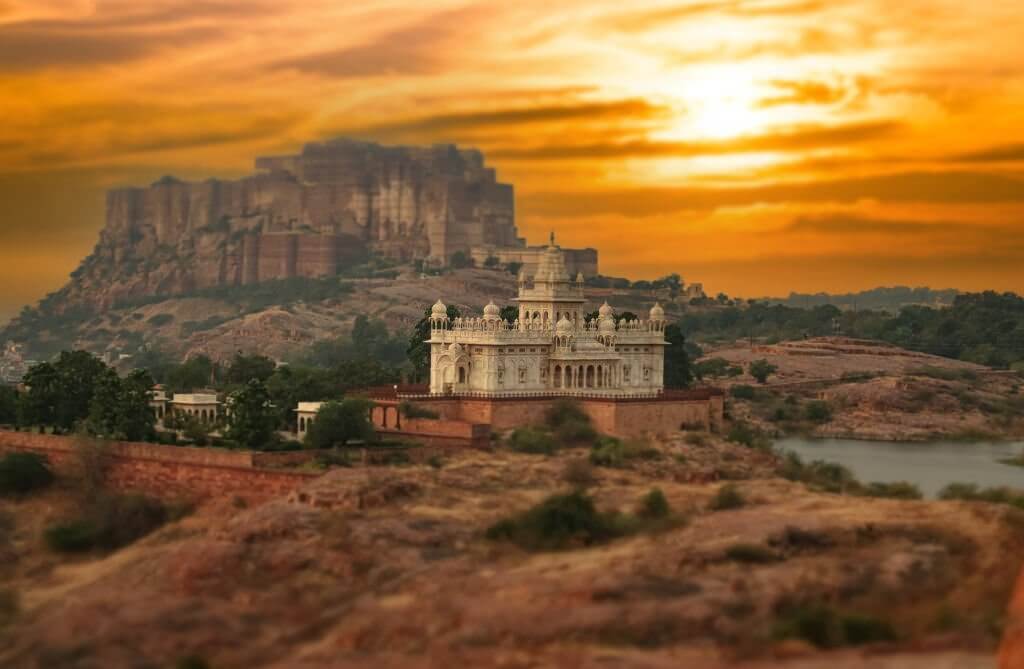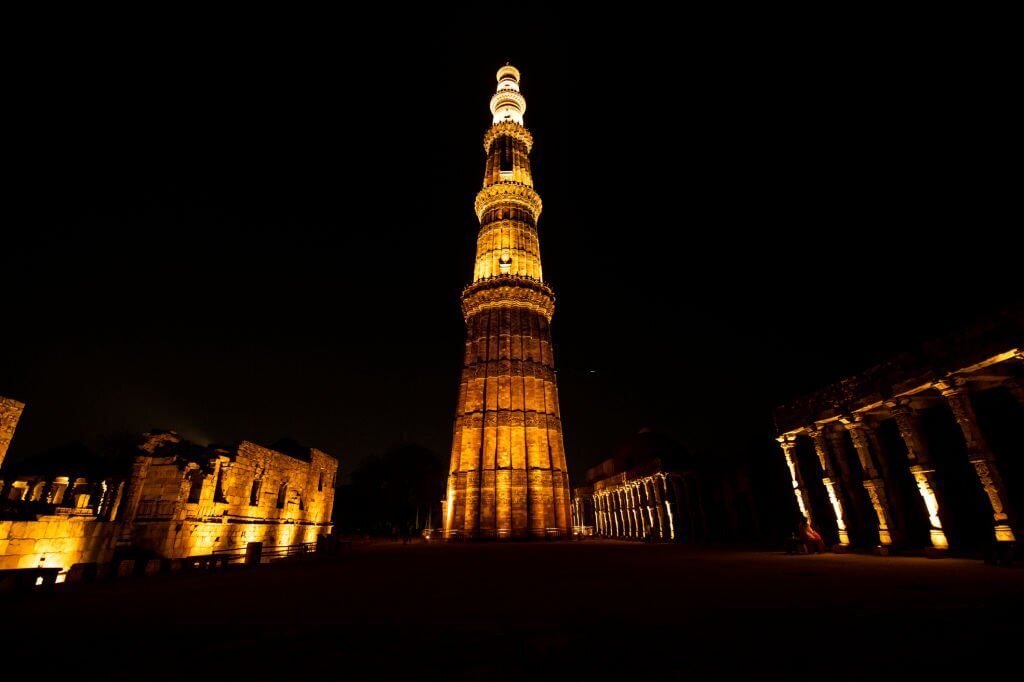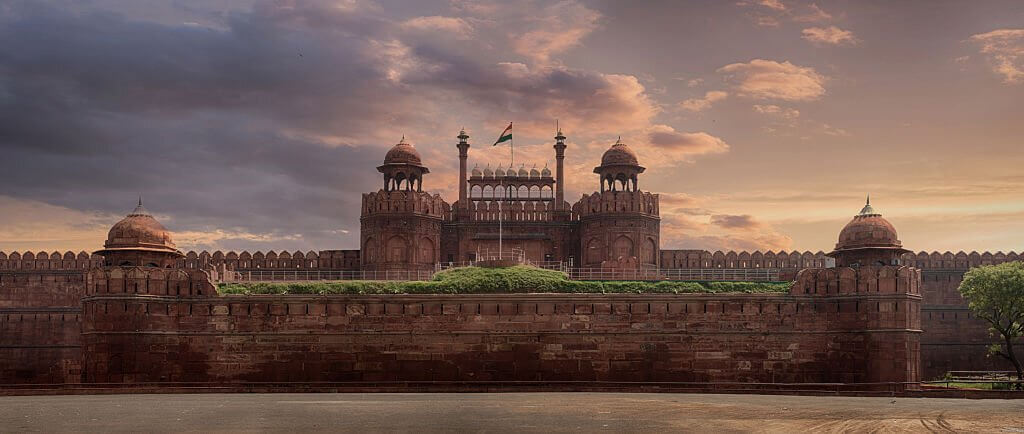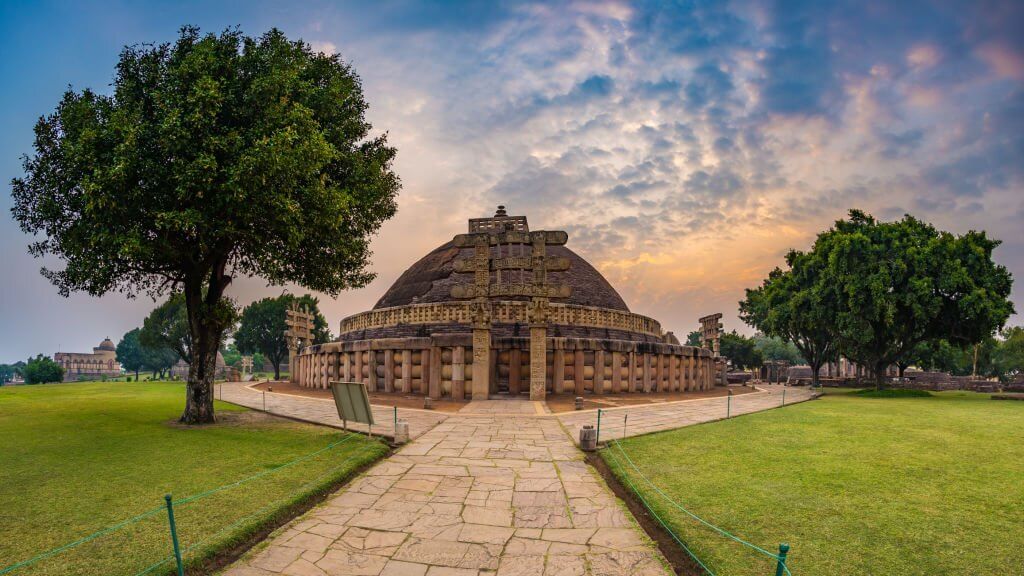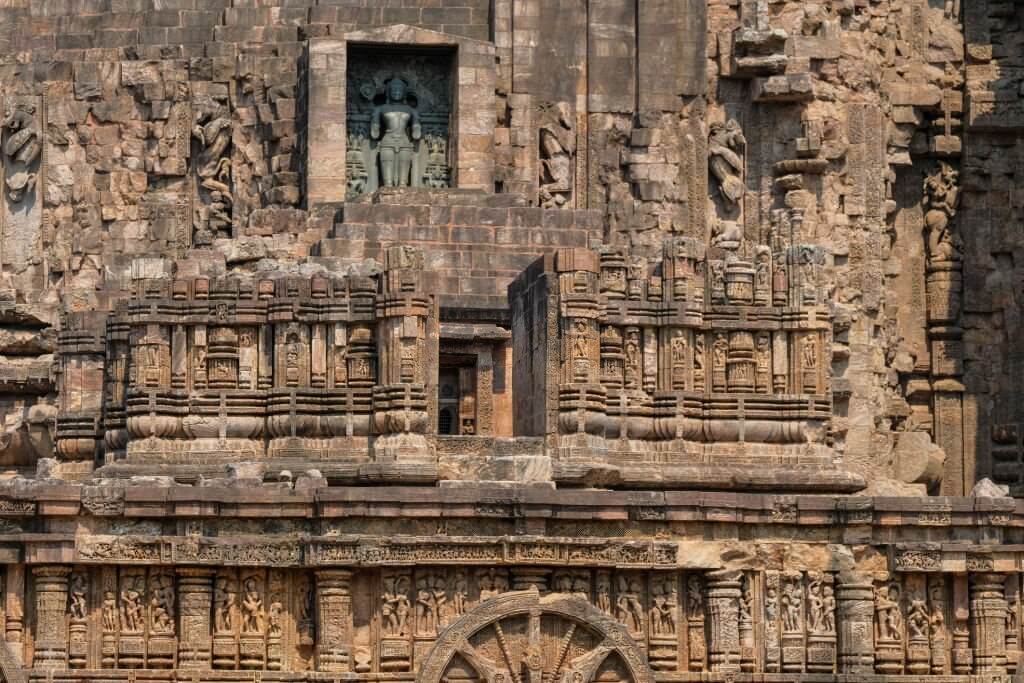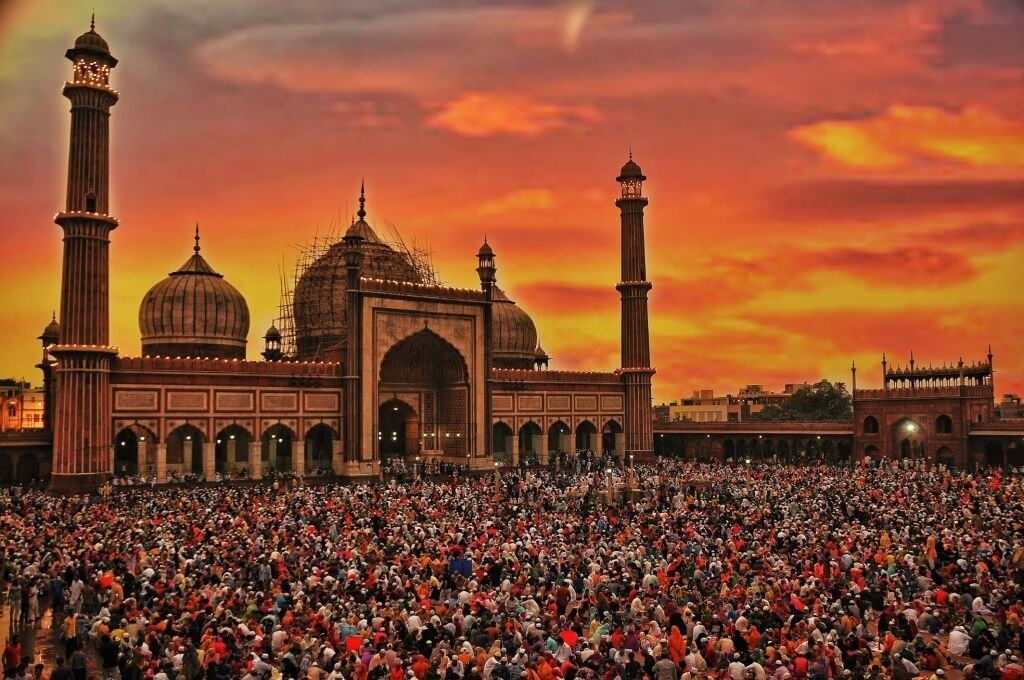
03 minutes read
Jama Masjid
Jama Masjid, also known as the Masjid-i-Jahan-Numa, is one of the largest and most magnificent mosques in India. It is located in Old Delhi and is a significant religious and historical landmark.
History
Jama Masjid was constructed by the Mughal Emperor Shah Jahan between 1650 and 1656. It is renowned for its stunning Mughal architecture, which includes intricately designed domes, minarets, and a large central courtyard. The mosque can accommodate thousands of worshippers and stands as a symbol of Shah Jahan's architectural and cultural legacy.
Best time to visit
(March to June) : Visiting Jama Masjid during the summer months can be hot, with temperatures often exceeding 40°C (104°F). It's advisable to visit early in the morning or in the late afternoon to avoid the midday heat.
(July to September) : The monsoon season can bring relief from the heat, but heavy rainfall may disrupt travel plans. It's essential to be prepared for wet conditions during this time.
(October to February) : The best time to visit Jama Masjid is during the winter months when the weather is cool and pleasant, with temperatures ranging from 7°C to 20°C (45°F to 68°F). This is the ideal time for sightseeing and exploring the mosque comfortably.
How to reach
The nearest airport to Jama Masjid is the Indira Gandhi International Airport in New Delhi, which is well-connected to major cities in India and around the world. From the airport, you can hire a taxi or take public transportation to reach Jama Masjid.
Delhi is well-connected by train, and the nearest railway station to Jama Masjid is the Old Delhi Railway Station (Delhi Junction). From there, you can hire a taxi or take a short rickshaw ride to reach the mosque.
Jama Masjid is easily accessible by road and is located in the heart of Old Delhi. You can reach it by hiring a taxi, taking an auto-rickshaw, or using public buses. The mosque is well-connected to various parts of the city.

